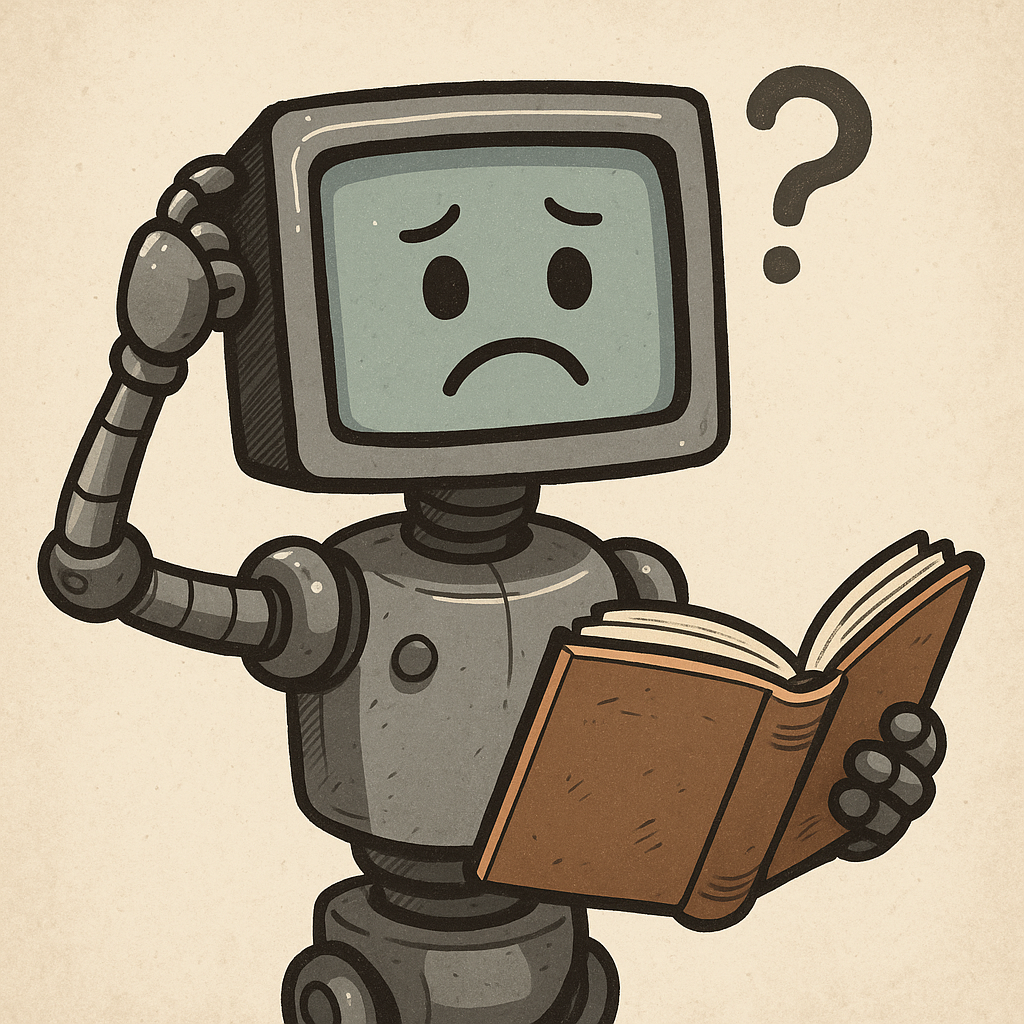Readability Levels That Win GEO / AEO Citations

Generative Engine Optimization (GEO) and Answer Engine Optimization (AEO) both reward sources that LLMs can parse quickly and cite with confidence. That makes readability—how effortlessly a human or model can process your prose—a core ranking signal, not just a UX nicety.
What We Mean by Readability
Readability looks at how easy it is to understand your words. The Flesch–Kincaid Grade Level is the clearest score for most editors. It mixes average sentence length and syllables per word, then tells you the school grade needed to read the passage without effort.
When a paragraph lands between grade 6 and grade 8, most readers can scan it fast, and LLMs can pull exact quotes with less hallucination.
LLMs Prefer Grade Levels 6–8
That band is plain enough for skimmers yet still sounds authoritative. GEO and AEO engines reward that mix because it keeps answer chunks tight and well supported.
Example: One Insight, Four Readability Levels
The base idea: “Marketing teams should tune GEO landing pages for clarity because LLMs cite concise sources first.” Here’s how it reads at four levels.
Postgraduate (Flesch ≈ 30): “Optimizing GEO landing environments necessitates the deliberate attenuation of discursive density so LLMs can prioritize the asset as a canonical citation.”
Upper high school (Flesch ≈ 55): “If you streamline the layered explanations on a GEO landing page, you help LLMs recognize it as a trustworthy citation before denser competitors.”
Middle school (Flesch ≈ 72): “Keep GEO pages tight and direct so AI systems can grab your quote fast and list you ahead of slower, wordy pages.”
Elementary (Flesch ≈ 85): “Use short sentences and clear words on GEO pages. That lets AI tools see what you mean and pick you first.”
Notice how the core meaning survives, but only the middle-school version keeps authority and speed. That is why Spotlight’s data ties the grade 6–8 band to the most GEO/AEO wins.
Check your content readability grade in seconds →
Research That Links Readability to Performance
- Comprehension improves when you lower barriers. A controlled study in the Journal of Education and Learning found that simplified sentences cut reading time by 20% while improving recall scores among undergraduates (ERIC).
- Users vote with their scroll. Aggregated web data shows content scoring above 70 on the Flesch Reading Ease scale drives up to 40% higher engagement and is preferred by 90% of surveyed readers (WiFi Talents).
- LLMs echo the same bias. Yoast’s GEO testing observed that prompts surfaced shorter sentences, direct verbs, and one idea per paragraph more consistently (Yoast).
- Spotlight’s LLM panel agrees. Across 18,000 monitored prompts, Spotlight’s internal dataset shows pages written at a Flesch score of 60–75 (roughly 7th–9th grade) were cited 31% more often than denser peers covering the same topic set.
The takeaway: write like a guide, not a textbook. The same tone that helps readers stay engaged also keeps LLM snippets intact.
Operational Best Practices
- Engineer for scannability. Target 15–18 words per sentence, cap paragraphs at three sentences, and surface claims in lead sentences so LLMs can quote without trimming.
- Use semantic hierarchy. Maintain H2/H3 ladders, descriptive list labels, and data callouts (tables, pull-quotes) so models can spot structured facts.
- Connect evidence inline. Cite statistics or studies in the same sentence; retrieval models often extract contiguous text spans.
- Localize jargon. Define proprietary terms the first time you use them so readers and models share context.
How to Measure Your Readability
- Flesch–Kincaid (Word, Google Docs). Quickly surfaces grade level and reading ease directly inside your editor.
- Gunning Fog & SMOG calculators. Helpful checkpoints for enterprise or regulatory copy where compliance demands specific education levels.
- Hemingway Editor. Flags dense sentences, passive constructions, and adverbs that commonly trip LLM summarizers.
- Yoast Readability Analysis. Bundled into many WordPress builds and tuned for paragraph balance.
- Spotlight’s free Readability Scoring Tool. Paste any URL or draft and instantly see Flesch, grade level, and AI-ready recommendations—no login required.
Putting Spotlight’s Scanner to Work
Run every GEO asset through Spotlight’s free readability tool before publication. Pair the score with our LLM visibility dashboard to see whether incremental edits—shorter sentences, clarified claims, reordered bullet points—move the citation needle. Teams typically iterate from a Flesch 52 to 68 in one edit cycle, and we’ve observed a parallel lift in Perplexity and ChatGPT citations within two crawl windows.
Key Takeaways
- Readability is the bridge between subject expertise and LLM comprehension.
- Peer-reviewed studies and third-party benchmarks converge on the 60–75 Flesch band as the engagement sweet spot.
- Spotlight data shows the same band drives a 31% lift in GEO/AEO citations.
- Consistent scoring (via Spotlight’s tool) lets you institutionalize “LLM-ready” guidelines across every content pod.
Keep writing like an expert, but package the insight like a teacher. That’s how you earn the human trust signals and machine citations that GEO and AEO now demand.
Michael Hermon
Before Spotlight, Michael led Innovation and AI at monday.com after exiting his previous startup. He learned to code at 13 at MIT and later attended Columbia’s MBA program.
https://linkedin.com/in/michaelhermon
